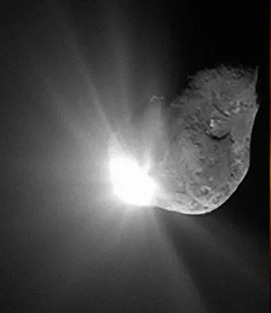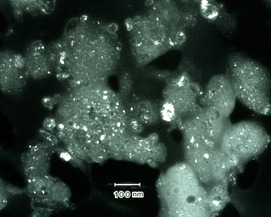Flyby Missions to Comets and Return Sample Analysis
Images from flyby missions show comets to be geomorphically diverse bodies that spew jets of gas, dust, and rocks into space. Comet surfaces differ from other small bodies because of their ejection of mass into space. Comet solids >2 µm are similar to primitive meteorite ingredients and include the highest temperature materials made in the early solar system. The presence of these materials in ice-rich comets is strong evidence for large-scale migration of solid grains in the early solar system. Cometary silicates appear to have formed in numerous hot solar system regions. Preserved interstellar grains are rare, unless they have eluded identification by having solar isotopic compositions
Flyby Missions to Comets and Return Sample Analysis Read More »



